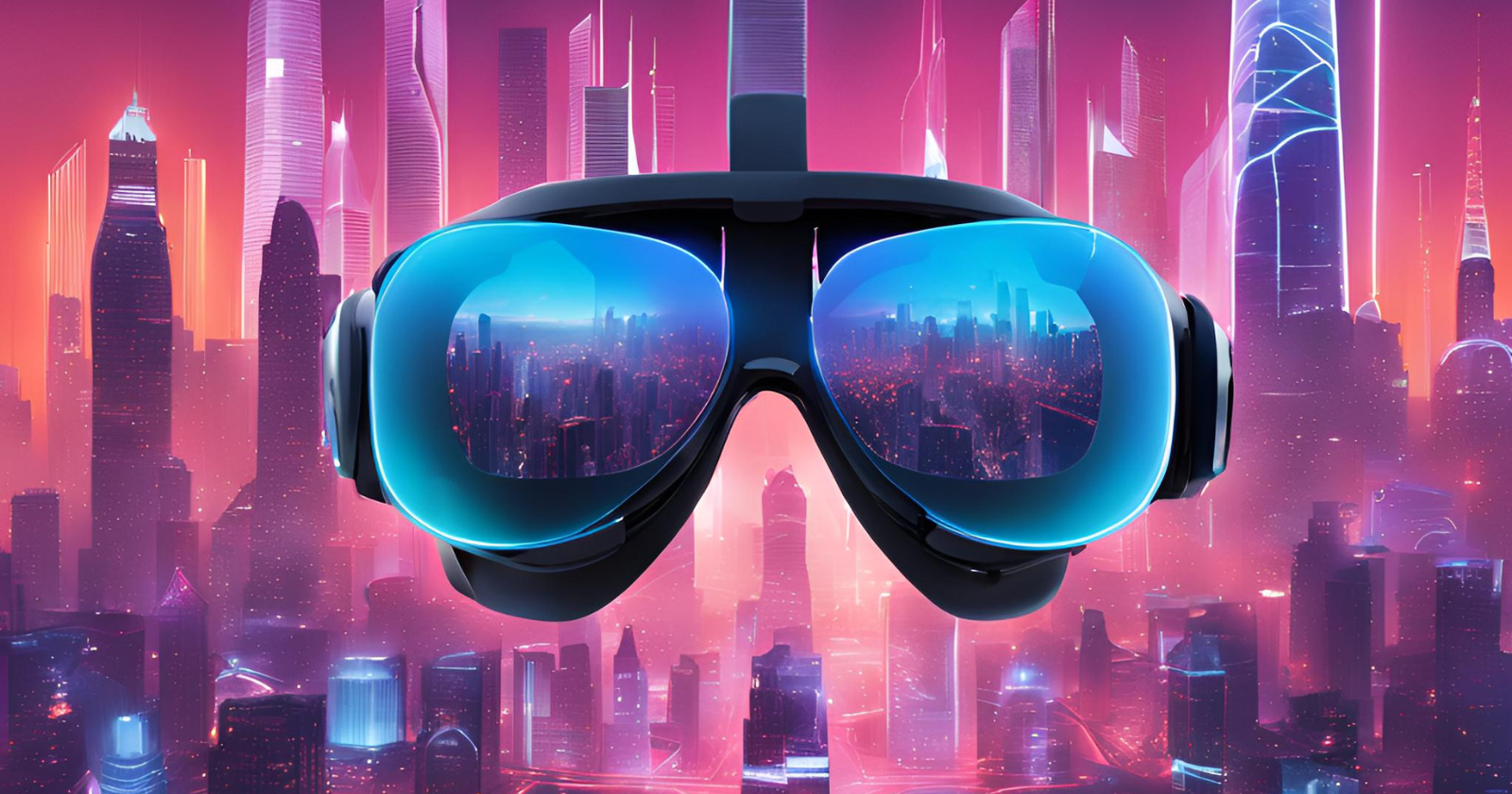The Future of VR and AR Development Tools: Trends, Key Technologies, and Emerging Platforms (2024)
 RealityMonk
RealityMonk
As Virtual Reality (VR) and Augmented Reality (AR) technology evolves rapidly, the development tools used to create these immersive experiences are advancing just as quickly. With demand for high-quality VR/AR content at an all-time high, developers now rely on powerful, accessible tools to bring innovative ideas to life. This article explores the future of VR/AR development tools, highlighting the emerging trends, key technologies, and platforms shaping the industry in 2024 and beyond.
The Evolution of VR and AR Development Tools
Early VR and AR development tools were often limited, with high complexity and steep learning curves. However, recent years have seen a surge of innovation, making these tools more intuitive, powerful, and accessible to a broader range of creators.
Key Advancements in VR and AR Development Tools
Increased Accessibility: With low-code and no-code options, intuitive interfaces, and better tutorials, VR/AR development is accessible to more people than ever.
Advanced Features and Functionality: Modern tools offer capabilities like real-time ray tracing, AI-driven character animation, and complex physics simulation, essential for crafting lifelike experiences.
Cross-Platform Compatibility: Today’s tools support multiple platforms, allowing developers to reach VR/AR headsets, PCs, consoles, and mobile devices with a single codebase.
Integration with AI and Machine Learning: AI streamlines the development process by automating repetitive tasks, optimizing performance, and generating realistic content, enabling developers to focus on creativity and innovation.
Top VR and AR Development Tools in 2024
A few development tools have emerged as industry standards, providing a mix of versatility, advanced features, and developer support. Here’s a look at some of the most popular:
Unity: A dominant, cross-platform engine known for its flexibility and extensive support for VR/AR development across a range of applications.
Unreal Engine: Recognized for high-fidelity graphics, photorealistic rendering, and the Blueprint visual scripting system, Unreal is a favorite for creating visually stunning environments.
Blender: An open-source 3D creation suite widely used for modeling, animation, and rendering, often integrated with Unity or Unreal for complete VR/AR projects.
Godot: A free, open-source engine praised for its ease of use and efficiency, especially popular among indie developers.
Note: Meta’s Spark AR and Snap’s Lens Studio are widely used for creating AR content specifically for social media platforms, with tools tailored for mobile AR experiences.
Emerging Trends in VR and AR Development Tools
AI-Powered Tools
Automated Content Generation: Generative AI tools like NVIDIA Omniverse ACE and Meta’s Builder Bot now enable developers to create realistic 3D assets, animations, and environmental textures, significantly reducing development time.
Intelligent Design Tools: AI-powered tools optimize prototyping, layout, and UI/UX design, assisting developers in creating user-centered experiences more efficiently.
Real-Time Rendering and Simulation
Advances in real-time ray tracing and simulation have taken realism in VR and AR experiences to a new level, with accurate physics, lighting, and reflections enhancing the immersive quality of virtual worlds.
Cloud-Based Development
Cloud-based VR/AR development tools offer high-end processing capabilities and storage, allowing teams to collaborate and access resources from different locations without costly hardware investments.
Cross-Platform Development
As tools increasingly support multiple platforms, developers can create VR and AR applications that work across VR headsets, PCs, and mobile devices. Web-based VR/AR, enabled by frameworks like WebXR, is also on the rise, reaching even larger audiences.
Haptic Feedback Integration
Haptics and tactile feedback are becoming integral to VR/AR development, with new hardware and software allowing developers to integrate touch-based sensations, enhancing immersion.
The Future of VR and AR Development Tools
As VR and AR technology continues to advance, the tools supporting developers are also evolving. Here’s what we can expect in the near future:
Greater Accessibility and Democratization: With low-code/no-code options, more people from varied backgrounds will be able to develop VR/AR content, making immersive experiences more diverse.
AI-Driven Automation and Personalization: AI and machine learning capabilities will allow developers to personalize content in real time, creating unique experiences that adapt to each user.
Real-Time Collaboration and Remote Development: Real-time collaborative features, similar to what Figma has done for design, will enable multiple developers to work on the same VR/AR projects simultaneously.
Blockchain Integration: Blockchain is expected to support digital asset ownership, allowing interoperable economies within VR and AR spaces.
Key Trends to Watch
Democratization of VR/AR development through accessible tools
Integration of AI and machine learning in workflows
Ethical considerations in immersive technology, focusing on user privacy and mental well-being
Sustainability improvements in data and energy usage, addressing VR/AR’s environmental impact
By keeping pace with these trends, developers can create innovative VR and AR experiences that captivate audiences, elevate user experience, and drive the industry forward.
Call to Action
Curious about the latest in VR and AR development? Share your thoughts in the comments, and explore more on Reality Monk as we cover trends and innovations in immersive tech!
Subscribe to my newsletter
Read articles from RealityMonk directly inside your inbox. Subscribe to the newsletter, and don't miss out.
Written by
